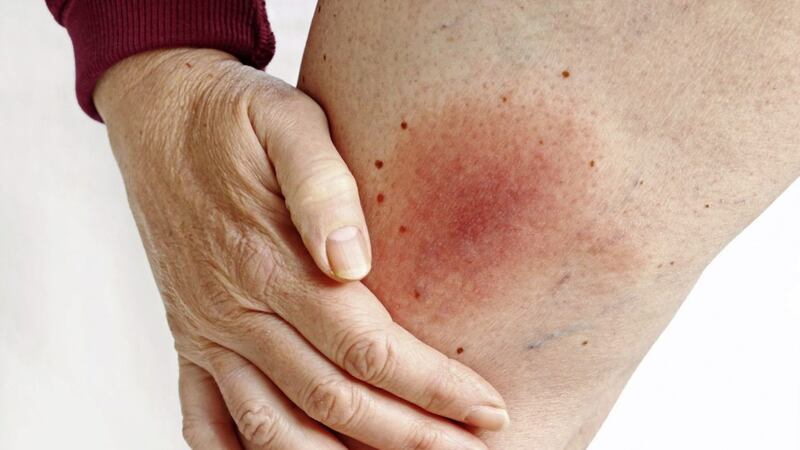LYME disease is on the rise in the UK, and we should all take a moment to familiarise ourselves with what it is and how to spot the bacterial infection – which, research shows, is most common in white, middle-class women in their 60s – as it is usually easier to treat if caught early.
It is spread by infected ticks, which lie in wait in shrubs and grass after falling off deer, sheep and woodland-dwelling animals, ready to latch on to any leg, arm or other flesh that brushes up against them.
The tick infestation peaks between August and November and again in the spring.
After a bite from an infected tick, the symptoms of Lyme disease can take several weeks to appear, and include an orange-red, bullseye-shaped rash that expands over several days and flu-like fatigue.
Common areas for the bites, and for the erythema migrans rash, include the armpit, waistline, groin and back of the knee. Treatment takes the form of a three-week course of antibiotics, and most people make a full recovery. Some, however, suffer ongoing headaches, pain and tiredness.
Cases in the UK increased almost ten-fold between 2001 and 2012, with more than 8,000 infections expected this year.
So Lyme disease is something we should all be aware of – doctors and patients alike.
But let’s not panic. Prompt removal of ticks (I suggest using fine-tipped tweezers) greatly reduces the risk of infection.
If you develop symptoms after walking in wooded or grassy area, see your GP and let them know you may have been exposed to ticks.
Other simple measures include tucking trousers into socks when on walks, wearing light-coloured clothes and using insect repellent to prevent bites.
After all, the countryside is there to be enjoyed, not to make us ill.








